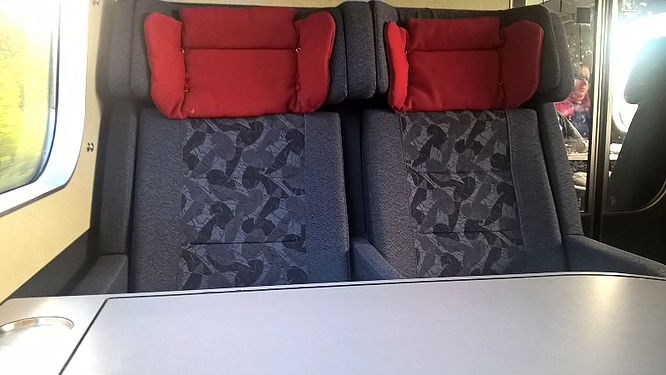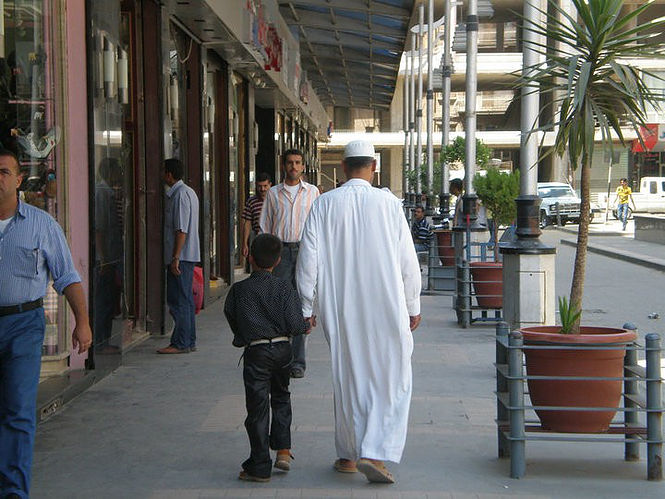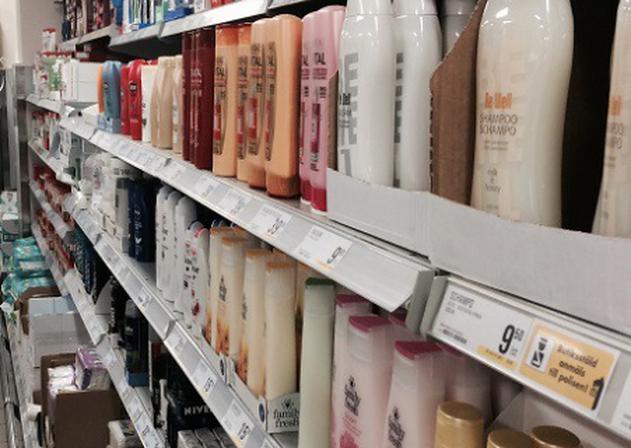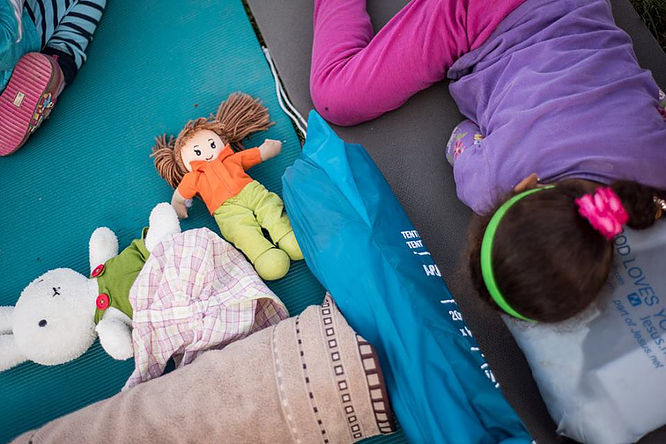Why
Within our project we tried to create a participatory environment to use the unique experiences as an asset to show a different side of the refugee crisis – the daily life encounters of people. We wanted to show an alternative to the abstract way the refugee crisis is represented in mainstream media.
Location
Lund, Sweden/13.191007300000024,55.70466010000001,4/1000x300.png)
Characteristics
Area
Within the course Media and Participation by Annette Hill (HT 2015) at Lund University we tried to create our own participatory project.
Audience
So we asked our class to participate and share their experiences about the refugee crisis. Every Blog post is a contribution from one of our fellow students of the course.
How it was done
How
Writing
Every Blog post is a contribution from one of our fellow students of the courses.
Bordr
Participants had the opportunity to share their unique stories in a medium we created, without any actual attempt to change their stories. Rather than one big story, we used a diverse approach that allowed for the uniqueness of the various stories. This view is more balanced; media content creates our reality but this project can maybe be understood as a tiny mirror of individual realities. It is not abstract nor shows the big picture – instead it shows many little ones.
Results
Bordr Stories
As part of this activity, Bordr stories were booked.
View more stories posted with this activity
The project was successful. We managed to get original user-generated content about a very important topic. It would be impossible to create a participatory project without participation.
http://witzenbe.wixsite.com/refugeecrisis2
http://www.kom.lu.se/en/department/refugee-crisis/
How it went
Main lessons learned
Our project a little different to what you can usually read in mainstream media. This view is more balanced; media content creates our reality but this project can maybe be understood as a tiny mirror of individual realities. It is not abstract nor shows the big picture – instead it shows many little ones. This working style led us to reflect the power the media elite has over circulating information. We need more alternatives to the big and abstract world, because if we all take small steps together, we can make a difference.
Inspiration
https://www.theguardian.com/uk/commentisfree
http://prezi.com/rxj9do-psupy/?utm_campaign=share&utm_medium=copy
Credits
Kevin, Agne, Una, Burcum, Merilin, Quentina, and Christin
Activity Timeline
2015
-
Volunteer recruitment
Professor Annette Hill asks for volunteers to start a participatory media project within Media and Participation(HT 2015) course. 8 people join the project
-
First project meeting
Members of the project group suggest themes for the project, after election the person whose theme was selected become the project coordinator – Burak Sayin offers so called ‘refugee crisis’ as a theme. Burak Sayin elected as a project coordinator – Professor Annette Hill confirms the theme
-
Second Project Meeting
Second Project Meeting
-
Project introduction to the class
Project introduction to the class
-
Story gathering starts
Story gathering starts
-
Final call for the stories
Final call for the stories
-
Story editing and logging in
Story editing and logging in
-
Project presentation to the class
Project presentation to the class
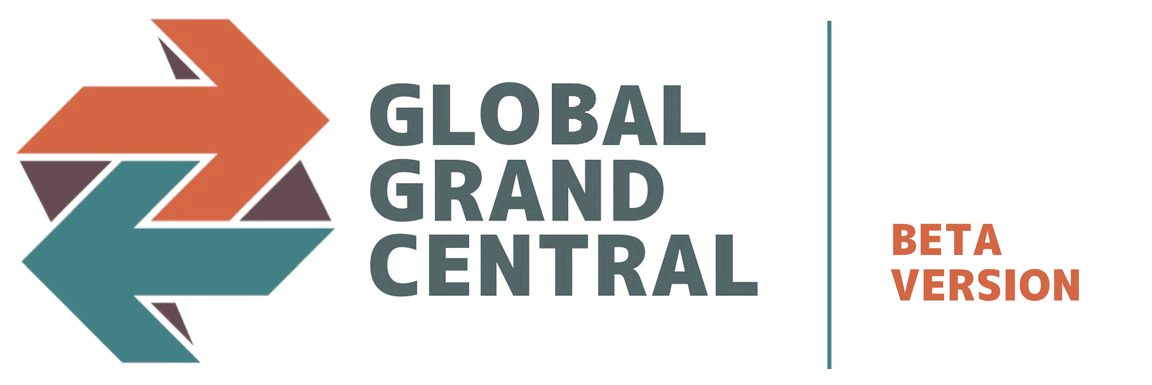
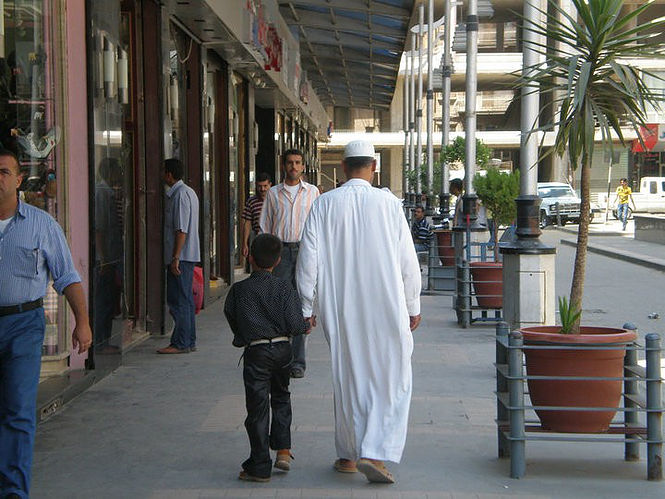
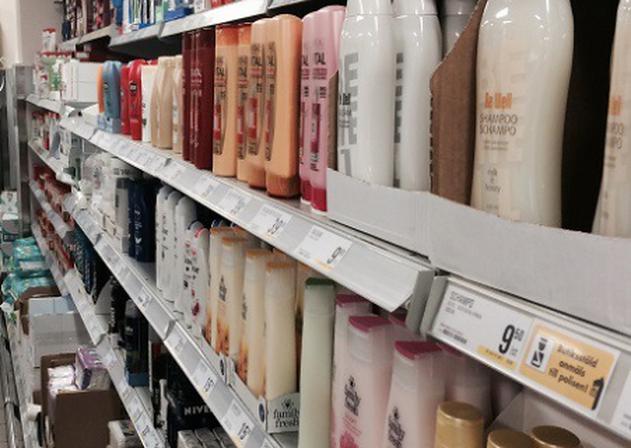
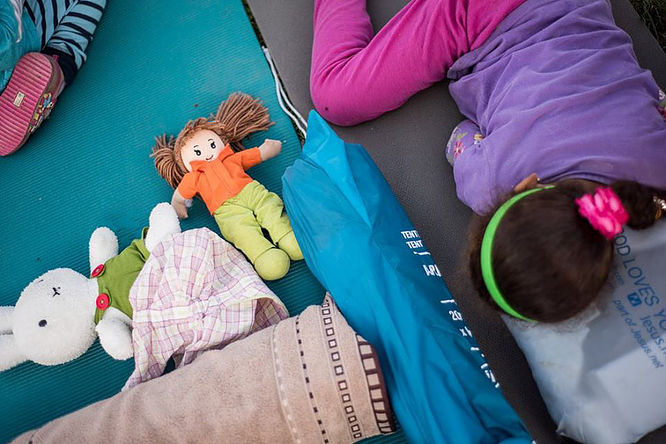
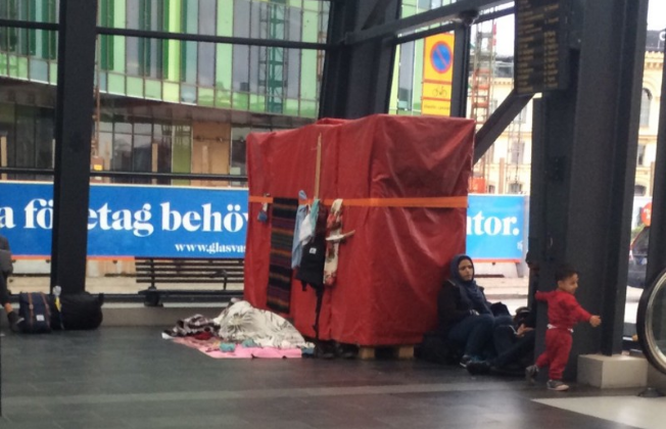
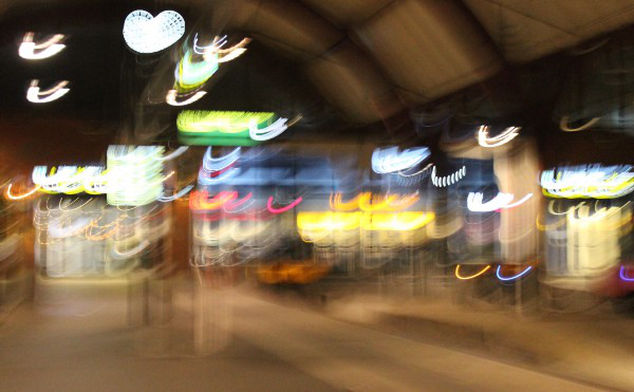
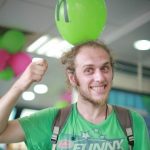 An activity by
An activity by 
